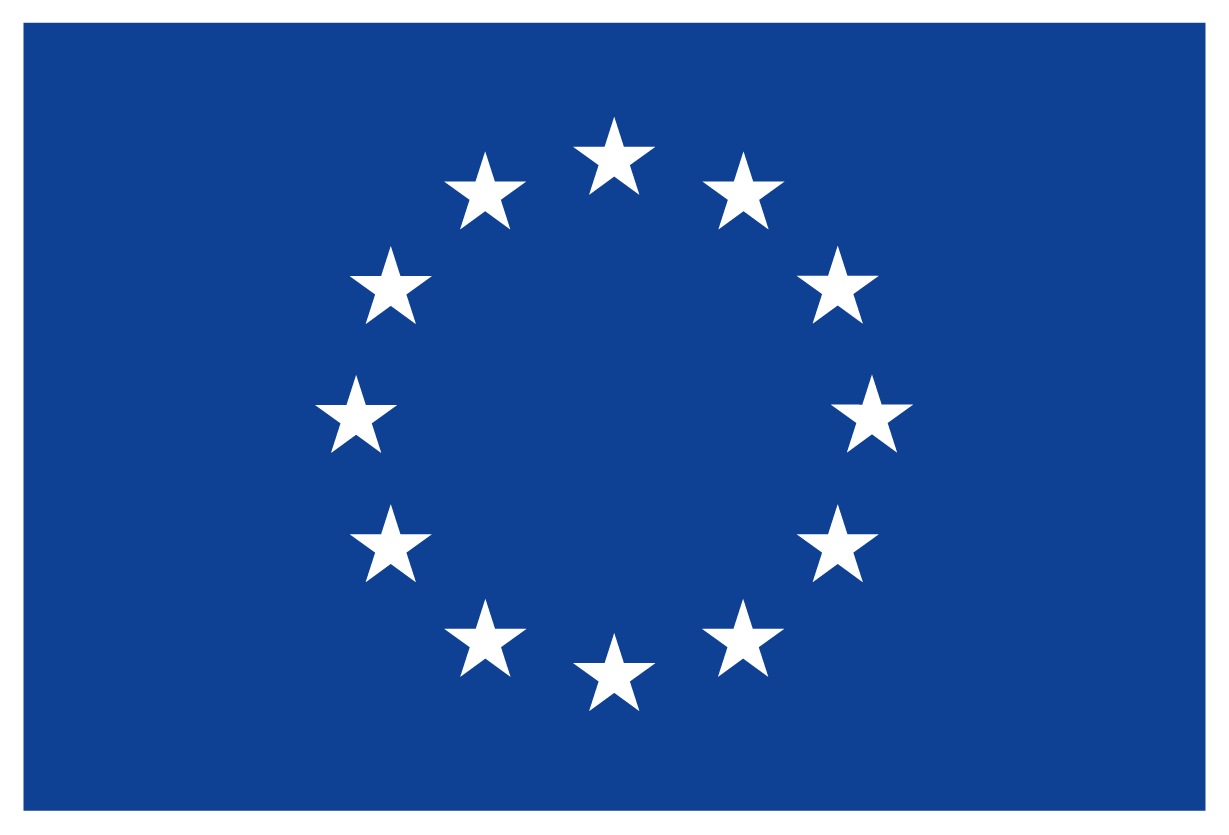4RinEU strategy supports investors through all the phases of building renovation with 10 main results.
TECHNOLOGIES
Technologies constitute the backbone of the cost-effective deep renovation packages that include both innovative solutions and products already available on the market. The aim of 4RinEU technologies is to reduce energy demand, to improve energy efficiency, improve building operations, and to reduce the construction waste.
TO REDUCE ENERGY DEMAND
- reduced time and failures on the construction site
- higher industrial quality standards,
- reduced lifetime costs,
- reduced energy demand,
- use of renewable construction materials.
Related report:
Prefabricated multifunctional façade and technical booklet – Confidential
For more information please contact Gumpp & Maier
TO REDUCE ENERGY DEMAND
Related report
Fan/HVAC control strategies and integration guidelines – Confidential
For more information please contact Eurac Research
TO IMPROVE BUILDING OPERATIONS
Related report
Sensible Building Data Handler App – Confidential
This document is the final report on the development activities undertaken in T2.6 of the 4RinEU project to deliver the Sensible Building Data Handler. It consists of 5 main chapters:
- Overview
- Development phase 1: Sensible Data Handler audit application: Alpha Release
- Development phase 2: Sensible Data Handler audit application
- Development phase 2: Sensible Data Handler web-based dashboards
- Conclusions and next steps
For more information please contact IES
TO IMPROVE ENERGY EFFICIENCY
Related report
Plug&Play Energy Hub prototypes and technical booklet - Confidential
This document describes the design, execution and results of the performance tests of the NRGate hydronic module jointly developed by Eurac Research and Thermics S.r.l. within the scope of the 4RinEU project.
For more information please contact THERMICS
TO IMPROVE ENERGY EFFICIENCY
Related report
Early-RENo: Early design methodology – Confidential
For more information please contact Eurac Research
TO REDUCE CONSTRUCTION WASTE
Related report
Guidelines and technology concepts for managing building end of lifeDownload the report – September, 30 2019
METHODOLOGIES
4RinEU methodologies support the stakeholders along the whole renovation process, helping understand renovation issues and associated potentials, ensure an effective and participated design, manage the construction site and reduce the working time and the associated failures.
TO ACCURATELY UNDERSTAND RENOVATION ISSUES AND POTENTIALS
Related report
Audit methodology and M&V protocol for deep renovation - Confidential
4RinEU defines a protocol to reduce “pre-bound” and “rebound” effects on the estimation of energy use in buildings, also considering the fuel poverty issue. As a consequence, the reliability of deep renovation will increase, and the payback time will be certain and shorter. These elements are necessary for increasing the building owners’ and financers’ confidence and, therefore, the rate of renovation.For more information please contact ADERMA
TO ENSURE AN EFFECTIVE AND PARTICIPATED DESIGN
Related report
Deep renovation design platform – Confidential
This document is confidential – For more information please contact IES
TO REDUCE CONSTRUCTION TIME AND FAILURES
Related report
4RinEU management to implement deep renovation
Download the report – October, 18 2019
Please note that this report has been submitted to the EC but its content has not yet been approved.BUSINESS MODELS
Business models are fed with the technologies and the methodologies. They drive the investors in deep renovation, supporting them while identifying the level of risk of the renovation process and enabling well-founded investments supported by tailor-made financial tools.
TO IDENTIFY THE LEVEL OF RISK AND
TO ENABLE WELL-FOUNDED INVESTMENTS
Related report
Easy-to-use cost effectiveness rating system

